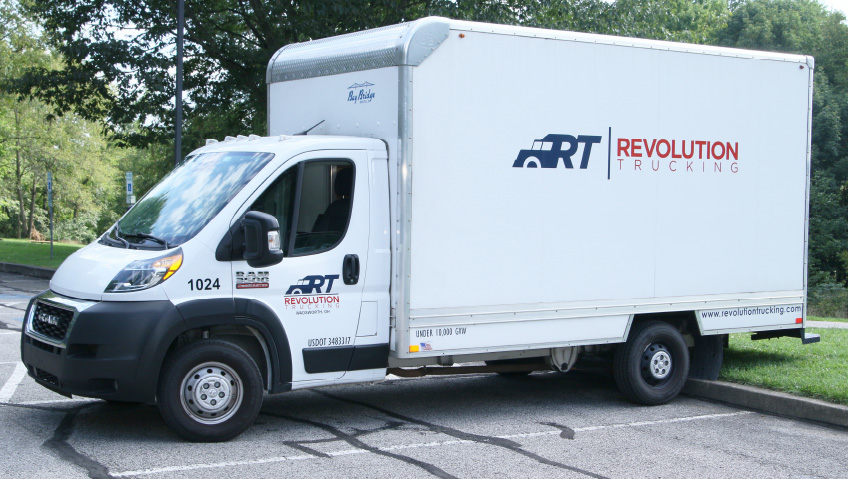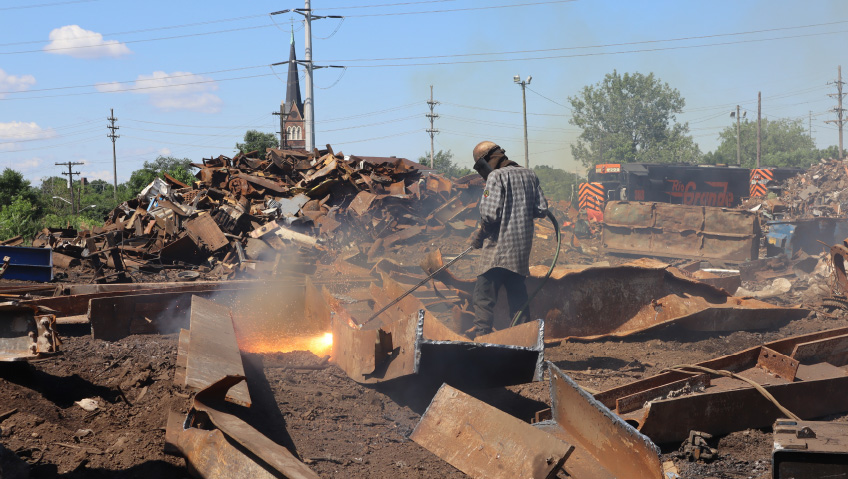The organization now known as the Recycled Materials Association (ReMA) has built a rich history for itself and continues to innovate and reinvent both its own identity and that of the industry it represents. The origins go back over a century to the early 1900s and the two associations from which it sprang. The Institute of Scrap Iron and Steel (ISIS) and the National Association of Recycling Industries (NARI) merged in 1987 to form what was then known as the Institute of Scrap Recycling Industries (ISRI).
For nearly one hundred years, ISIS and NARI represented the two largest segments of the recycled materials industry, and in merging into ISRI, this new endeavor was able to grow alongside the industry itself. President Robin Wiener has been with the association since 1989 and in the presidential role since 1997. “It’s a great industry. It gets in your blood; the people are so committed and wonderful,” says Wiener, “and the work being done by the recycling industry is good for communities, the environment, and the economy.”
The former ISRI rebranded in mid-April to the Recycled Materials Association, or ReMA. The name change represents a shift in expression for the association but not in its overall mission. The new brand better represents the association and will help remind consumers in today’s sustainability-aware environment that ReMA represents the entire recycling infrastructure.
Its coverage includes recycled metals, paper, plastics, glass, textiles, rubber, and electronics, whether sourced from commercial, residential, or industrial operations. In fact, ReMA represents recycled materials companies in both the United States and globally, with members ranging from smaller outfits to multi-national corporations in more than forty countries around the world.
Wiener says that the recycling industry is unique because it touches on almost every part of today’s economy. Indeed, ReMA’s members obtain materials from sources like homes, businesses, factories, schools, and parks, supplying high-quality renewable resources to make new products that are an important part of the everyday items and essential infrastructure we rely on, from roads and bridges to packages, piping, cars, and more. This important source of sustainable raw materials for global manufacturing avoids the need to extract precious natural resources while reducing carbon emissions in the process.
Recycling as a sector is part of a smart policy to create meaningful resiliency for the global supply chain. Commonly named ‘critical minerals’ are materials vital to the development and production of clean energy technologies and currently, a critical minerals strategy is being pursued in the U.S. and globally. Many countries have highlighted recycling as an important part of this strategy.
Legislation like the Inflation Reduction Act represents a lot of investment that is being put into developing recycling technologies and using recycled materials to help address the need for greater amounts of critical minerals. For example, with the increased use of electric vehicles comes the need for the batteries that power them. Wiener says that electric vehicle batteries have a long way to get to the same recycling rate as the lead acid batteries found in traditional automobiles, a rate of around 95 percent; efforts are underway, but more work is needed. Both ReMA and the industry at large are focusing on the most effective ways to recycle these batteries.
The association has also developed a Fiber Recycling Readiness Tool to test the recyclability of fiber-based packaging. There was a growing number of fiber-based packaging on retail shelves across the country like paper, paperboard, and corrugated boxes, so ReMA brought together brands and package developers to work with recyclers to develop the tool, which is now helping to design smarter packaging that can be more easily recycled.
In addition to the Fiber Recycling Readiness Tool, the association has proactively reached out to brands and manufacturers to promote Design for Recycling principles to encourage manufacturers to account for the end of a product’s useful life, by considering what else it can become, during the design stage of a product’s development. One such step came around three years ago when ReMA established its Brand Leadership Council within its membership, with many active global brands working with the association on finding ways to increase recycling rates by focusing on improving packaging at the product design phase instead of end-of-life.
ReMA has also done extensive work on a national roadmap for the U.S. to move toward a safe, circular, electrified economy by 2030. It brought together stakeholders in November 2023 at a summit in South Carolina, a growing U.S. hub for automotive and battery manufacturing, to begin development on this roadmap, with an anticipated finish of autumn 2024. Wiener hopes to bring the various discussions around the issue together to facilitate developing policies, practices, technologies, and infrastructure that will allow the U.S. to create a safe, environmentally responsible, and economically sustainable circular supply chain for electric vehicles and batteries.
Attention is also being paid to creating environmental, social, and governance (ESG) toolkits for members; to sharing information and providing resources to demonstrate all that is being done for customers; and to reducing carbon and greenhouse gas emissions in the supply chain using recycled materials.
The recycled materials industry is always in need of people. Wiener says that as the industry has grown and innovated, ReMA has increased its focus on providing workforce development support over the years, especially through the establishment of initiatives like a youth outreach program. In partnership with JASON Learning (a STEM-based non-profit focused on curriculum development) that began nearly 10 years ago, ReMA has been continuously designing and updating a recycling curriculum intended for grades K-12. The need for workers has placed more attention on the program and on the need to share with young people the career opportunities that await them in the recycling field.
ReMA also has a program focused on expanding its pipeline from historically black colleges and universities through an internship and fellowship program, as well as extending a similar hand to neurodiverse people looking to break into the workforce through an inclusion program launched in 2023. The association is very excited about creating opportunities for those who have traditionally had difficulty finding jobs.
Wiener says that the ongoing decarbonization movement—the reduction and elimination of carbon dioxide into Earth’s atmosphere—is changing the recycled materials industry as well as its role in domestic and global economies. “Decarbonization will increase the demand for and focus on recycled materials,” she says, which will in turn impact the need for materials like copper, aluminum, nickel, and other recycled materials needed to produce low-carbon technologies. It will also affect the global transition to clean technologies like electric vehicles and wind turbines and represents the movement of the economy toward net zero.
There is a great deal of excitement in the many growth areas of ReMA, as well as for its many projects focused on bringing greater attention and understanding to the recycling industry. Although sporting a new name, the association is as committed as ever to its goals in the recycling industry and beyond. “Our future certainly is a decarbonized and electrified economy,” Weiner says. “We want to make sure this is done well.”






